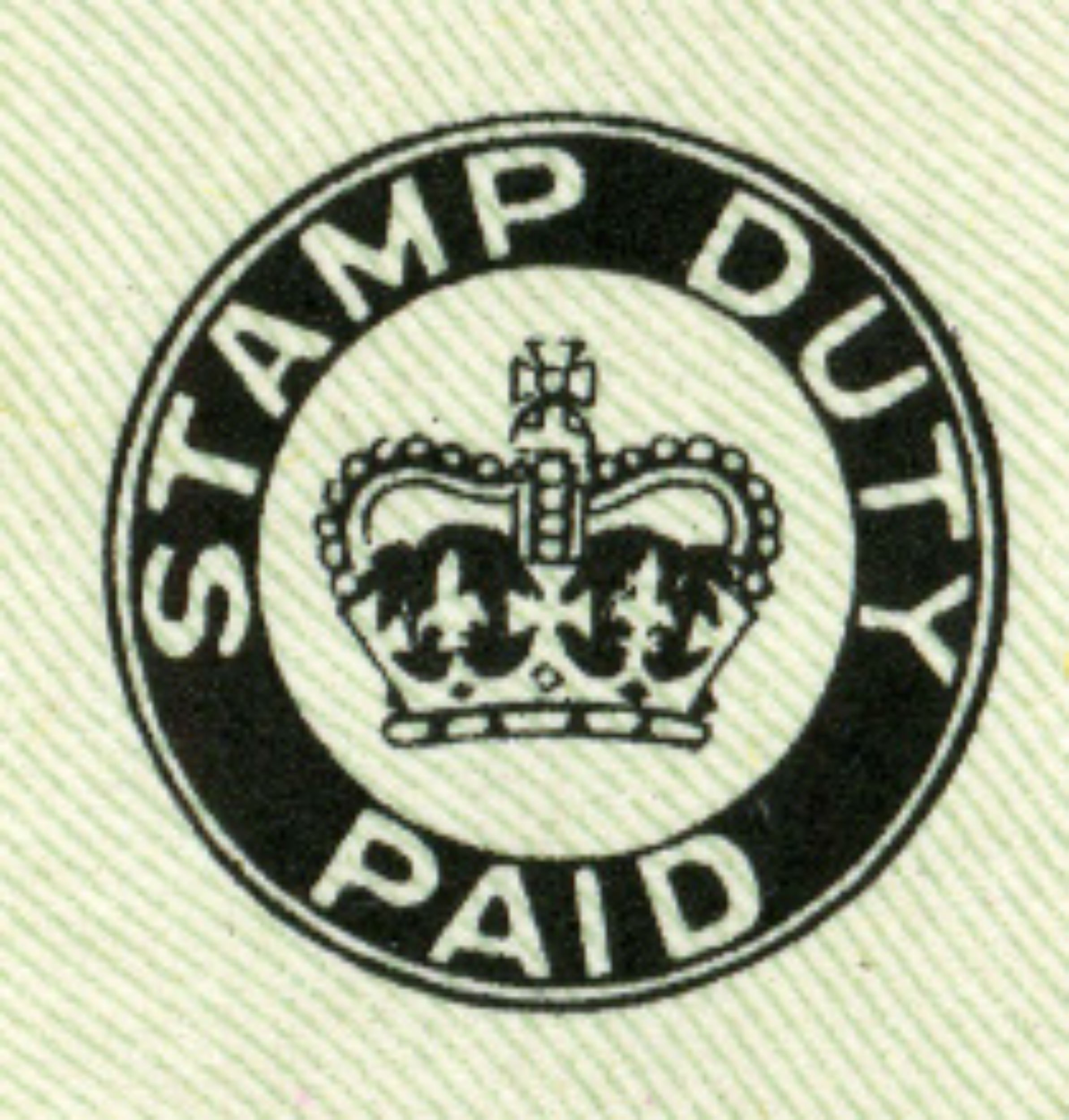Understanding Stamp Duty
Stamp Duty Land Tax, commonly known as ‘stamp duty’, is something you have to pay on the purchase of buying a house in England or Northern Ireland which costs more than £125,000, or more than £40,000 for second homes. If you’re moving house, be aware that if you buy a new house as the main residence but there’s a delay in selling your previous main residence, you’ll have to pay the higher stamp duty rates as you’ll technically own two properties. But, in certain circumstances, you can request a refund/claim the money back.
Buy-to-let
Those in the buy-to-let sector: where buying a new residential property means you’ll own more than one home, will need to know the ins and outs of Stamp Duty. It applies to freehold and leasehold properties whether you buy outright or with a mortgage. This form of tax was first introduced in England in 1694 and was arranged during the reign of William III, with a revamp introduced for land transactions in December 2003. For many buying a home, stamp duty land tax is part of the house buying process, unless you are first time buyers and can claim a discount (relief). When paying Stamp Duty you need to submit a return to HMRC and pay the tax within 30 days of completion. If not, you may incur penalties and interest. For help calculating buy-to-let stamp duty go to – https://www.which.co.uk/money/mortgages-and-property/home-movers/guides/stamp-duty/buy-to-let-stamp-duty

Those in the buy-to-let sector will be multiple homeowners which mean stamp duty rates are tiered. Each tier, or a portion of the property price, is subject to an extra 3% stamp duty on top of the usual rate paid by those buying a home they are intending to live in. The increased rate applies to properties bought for £40,000 or more but does not apply to caravans, mobile homes or houseboats. Since March 2016 major investors in residential property are unable to be given a special exemption from the 3% surcharge. Information from Zoopla states that if you purchase at least six dwellings you can choose whether to pay Stamp Duty at non-residential rates or claim multiple dwellings relief. But, if you choose to claim multiple dwellings relief, then the higher rates will apply – the minimum rate payable being 3% for purchases with an average value of up to £125,000. You can find out more about buy-to-let stamp duty at https://www.rw-invest.com/.
Inheritance
In the situation of property inheritance, it’s unlikely that additional stamp duty will apply. That’s if you’ve inherited a small share (50% or less) in an additional property, or if you hold a financial interest in one, as part of a partnership or as a beneficiary of a trust. But there are exceptions. This is why it’s important to declare any financial interests and legal information relating to this matter to your solicitor. That way you are sure you are operating within the law of Stamp Duty and buy-to-let property.
